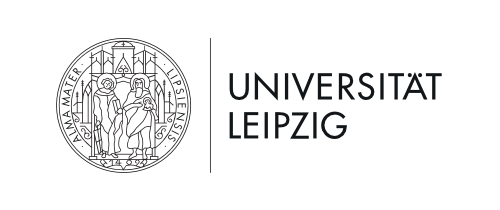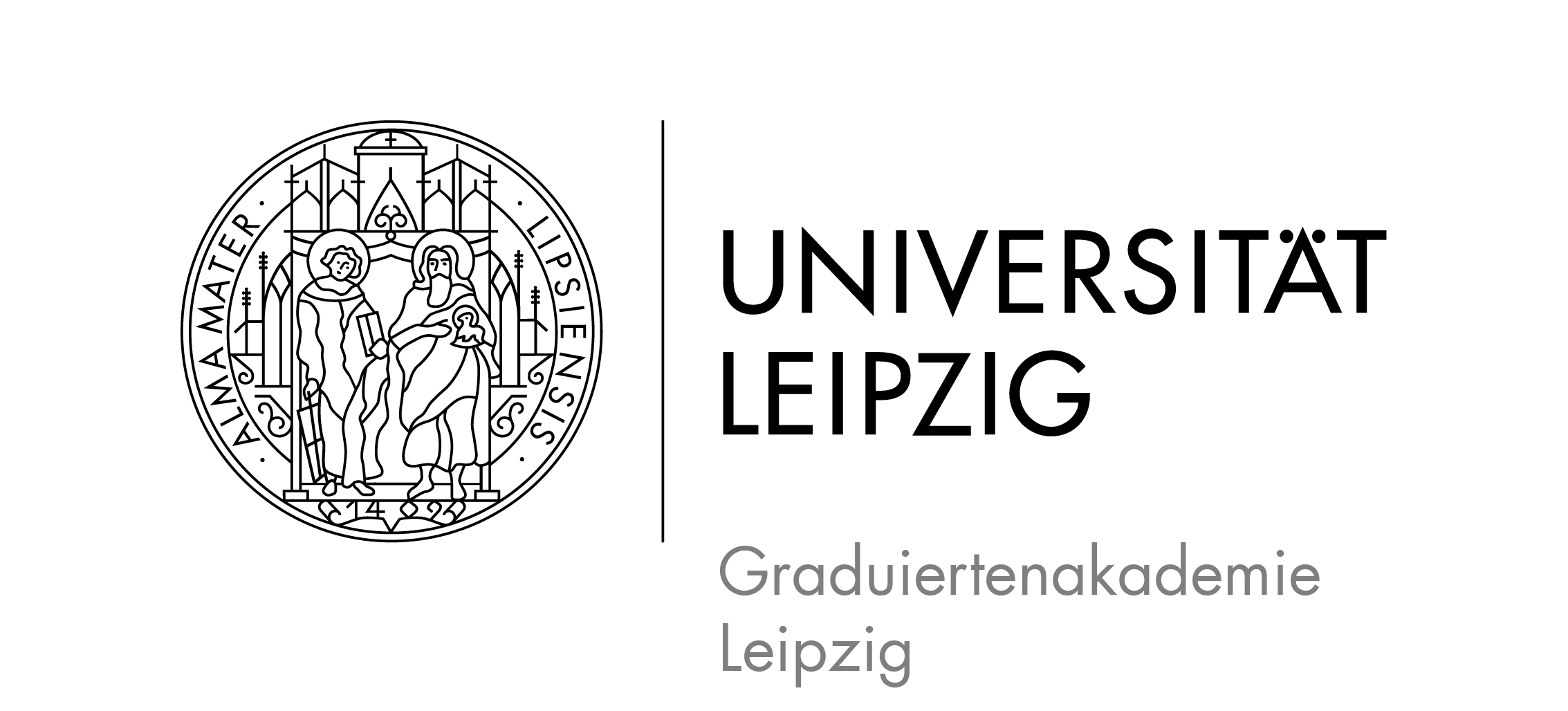Smart Molecules
In this area we focus on the specific modification and synthesis of molecules as precursors for materials with optimized catalytic activity and adjustable magnetic, electronic, or optical properties. The preparation, characterization, and investigation of such molecules are tackled by combinations of chemical, physical, and biological techniques (hybrid techniques). The following classes of smart molecules are of particular research interest.
Small molecules, clusters and polynuclear compounds
Small molecules, such as organometallic compounds and main group metal or transition metal complexes, are important as homogeneous catalysts or as precursors for the preparation of solid-state materials.
New macromolecules (organic, inorganic or biological) will become available from corresponding molecular precursors employing novel catalysts, such as i) heterobi- or heterooligometallic transition metal complexes (for synergistic or successive activation of different organic, inorganic or biological substrates), ii) Ru- and Mo-based initiators for the stereoselective Ring-Opening Metathesis Polymerization (ROMP) or cyclopolymerization, iii) catalysts for the polymerization or copolymerization of monomer units for “intelligent” or biodegradable polymers.
Special attention is devoted to the immobilization of these mononuclear or heterooligonuclear transition metal complexes, since they act as catalysts for highly selective reactions, such as Pd-, Ru-, or Fe-mediated C-C and C-X coupling reactions, on polymeric carriers including monolithic and micellar ones, linking this area to “Multifunctional Scaffolds”.
Metal-Organic Frameworks (MOFs) are a new class of materials in which polyfunctional ligands link metal ions or small metal clusters to form highly porous coordination polymers. Molecular building blocks for MOFs are prepared selectively for interdisciplinary applications with different coordination polymers, e.g., for gas (H2, CH4) storage or separation, as heterogeneous catalysts with precise selectivity, or as sensors, linking this area also to “Multifunctional Scaffolds”.
Volatile molecular precursors will be used for the preparation of solid-state materials by Metal Organic Vapor-Phase Epitaxy (MOVPE). Research interests include unprecedented thermally labile phosphorus-rich transition metal complexes, precursors for binary (or ternary) metal phosphides MPx (or MM’yx), organometallic compounds of group 13 metals (Al, Ga, In), and group 15 elements focusing on novel As, P, and N precursors. Polynuclear molecular compounds are of interest since they can be regarded as links between mononuclear complexes and the corresponding solid-state phase. Compounds under investigation include oligonuclear and polymeric main group element clusters with chalcogen ligands. Future work will also include thermally labile polynuclear clusters with (Ga,Al,In)(O,N,S) groups having well-defined covalent bonds and composition as precursors for the fabrication of atomically designed thin films, nanostructures and binary or ternary nanoparticles, thus linking this area to “Complex Nanostructures”. In molecular magnetism, one of the major objectives is the development and preparation of molecular multispin systems with tailored magnetic properties. Various paramagnetic metallated container molecules with bowl-shaped supporting ligands or bioctahedral metal complexes with conjugated bridging ligands are investigated for the construction of polynuclear complexes with high-spin ground states.
These synthetic molecular building blocks are complemented by proteins and peptides. Peptides can be modified with chelators for metals or quantum dots to act as mediators of function. They allow specific addressing, i.e., control the interaction with surfaces and the orientation of molecules, and thus act as building blocks for larger units.
Quantum-electronic structures
Extended quantum-electronic structures can be formed when building blocks with loosely bound outer electrons are linked together. The interaction/exchange between itinerant electrons or between itinerant and weakly localized electrons or their interactions with the ion cores of the material can produce unconventional conductivity, superconductivity, and magnetism. At the nanoscale one can find extraordinarily rich electron physics. Materials with low carrier densities, and nodes in the orbital angular momentum of the involved electrons are prone to such behavior. Order or disorder in electronic structure parameters can emerge as a function of chemical composition, temperature, electromagnetic field, or pressure. Local or global phase transitions between different forms of electronic matter can be initiated that change the macroscopic material properties in distinct ways. The richness of electronic quantum structures can be compared with that of biological systems.
Building complex electronic structures with small molecules (organometallic compounds and transition metal complexes) enables the study of the size-dependent properties of quantum structures including emerging new properties (“bottom-up” approach). By variation of the chemical structure, electronic instabilities can trigger new effects. This can be tested by the variation of external parameters such as high magnetic fields. In such experiments, modern concepts like quantum-criticality will be investigated. Such studies require specific chemical synthesis performed in the small molecules area of research.
The electronic spin degrees of freedom are linked to orbital degrees of freedom by the Pauli principle and spin-orbit coupling for heavier atoms. The classical example is that of a Fermi liquid that explains why only certain electrons (those at the Fermi surface) are involved in a material’s low-energy physical properties such as conduction of current and heat. Consequently, if we influence the electronic spin states by magnetic fields we can change the low-energy properties of the material. This is the area of spin-based electronics, “spintronics”, where the electronic spin’s manipulation leads to changes in electronic conduction. In modern materials science, spintronics is an important strategy although mainly restricted to “top-down” approaches. Spintronics devices, however, can also be manufactured in more efficient “bottom-up” approaches. Magnetoresistive devices will be created and analyzed by building new structures with clusters of itinerant and magnetic systems.
We pursue selected systems that offer the possibility to extend quantum electronic effects up to room temperature. Our work on highly ordered pyrolitic graphite, a material built up by weakly coupled graphene sheets, shows such effects in magneto-transport experiments. Also the electron physics involving massless and massive fermions is tremendously rich. Other systems with room temperature quantum coherence include our oxide microcavities that are built up from multiple dielectric layers. They exhibit strong coupling of light and matter at room temperature. It may also be possible to extend Bose-Einstein condensation of quasi-particles in the form of cavity-polaritons.
The very high superconducting transition temperature and unconventional electronic properties of the cuprate superconductors have challenged our understanding of such systems. Even after 20 years of intense research, there is no widely accepted theory for the behavior of the charge carriers in those systems. Experimental facts and fundamental considerations suggest that, e.g., nanoscale electronic structures (regular or inhomogeneous forms of electronic self-organization) can occur in these materials and may be intimately related to their unusual properties. Other systems with astonishing properties are superconducting Ca2-xNaxCuO2Cl2, NaxCoO2 + y H2O, MgB2, the heavy fermion materials, or manganites. These materials have surprised the community in the past few years. These examples prove that we can expect intricate relations of physical parameters (conductivity, superconductivity, magnetism) to chemical (high-energy) composition, or to external parameters. In a “bottom-up”, interdisciplinary approach many more such systems with great potential for science and technology will emerge. By building materials with tailored nanoscale chemical disorder, the interplay between chemical and electronic structure can be investigated.
Biorganics, peptides and biocatalysts
Recently, a significant advance in peptide synthesis and ligation strategies has been achieved that now permits the production of chemically modified peptides and proteins. Peptide synthesis allows the incorporation of non-natural building blocks, e.g., chelators for metals, fluorescent dyes including quantum dots, or immobilization tags.
Native Chemical Ligation (NCL) can create larger peptides from multiple smaller synthetic unprotected peptides by using the chemoselective reaction between a C-terminal thioester and an N-terminal cysteine residue, resulting in a native peptide bond. Besides the rapid isolation of highly pure recombinant proteins, intein technologies enable the production of polypeptides with the reactive groups necessary for NCL. Expressed Protein Ligation (EPL) extends NCL’s scope by overcoming the size limitation of target proteins which are accessible to synthesis. The intein splicing and EPL have been proven to be useful for protein semisynthesis.
Thus, now all non-natural building blocks can be introduced in proteins, as well. The approach has been applied to produce selectively labeled enzymes, such as aldoketoreductase that was selectively modified with biotin and immobilized for bioelectronic applications. Furthermore, this approach can be used to immobilize peptides and proteins on 3D microcavities for the development of biosensors, to produce chemically modified proteins such as fluorescent proteins or peptides/proteins containing heterobimetallic segments. The necessary interdisciplinary approach to this area, which includes linking molecules to solid-state materials and the synthesis and characterization of desired materials properties, can be perfectly tackled in the proposed Graduate School’s interdisciplinary environment.




